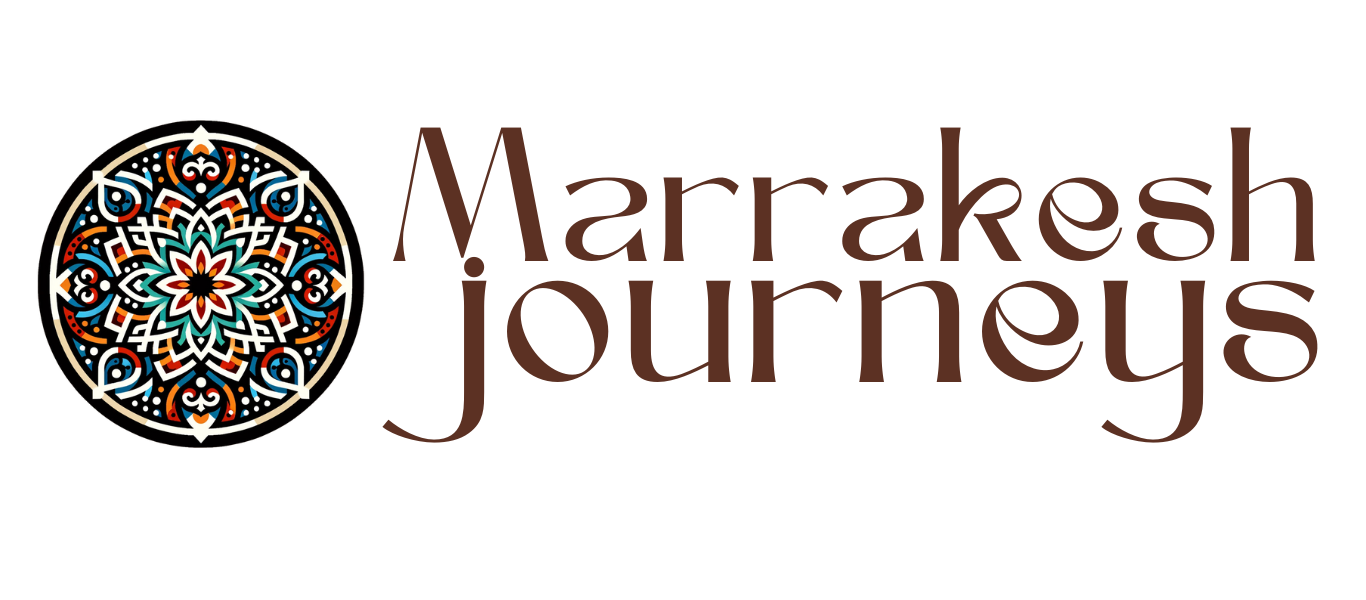Exploring The Vibrant World Of Moroccan Spices: A Journey Of Flavors
Morocco, a land where the air is perfumed with the heady scents of spices, offers a culinary journey like no other.
Moroccan cuisine, celebrated for its vibrant flavors and colorful presentations, owes much to its rich palette of spices. From the bustling markets of Marrakesh to the tranquil kitchens in Fez, spices are the soul of Moroccan cooking. In this article, we explore the essential spices that define Moroccan cuisine, offering a glimpse into a world where food is an art form and spices are its colors.
The Cornerstone of Moroccan Flavor: Ras El Hanout
Ras El Hanout, often referred to as the ‘king of Moroccan spice mixes,’ is a complex and aromatic blend that can contain up to thirty different spices. Each family or spice merchant has their unique recipe, but common ingredients include cardamom, cumin, clove, cinnamon, nutmeg, mace, allspice, and dried flowers. Ras El Hanout adds depth and warmth to tagines, soups, and rice dishes, making it a quintessential element of Moroccan gastronomy.
Cumin: The Quintessential Moroccan Spice
Cumin’s earthy, slightly bitter flavor is fundamental in Moroccan kitchens. It’s used in almost everything – from marinades and spice rubs to soups and salads. Cumin not only adds a rich taste but also aids digestion, making it a perfect blend of flavor and function.
Saffron: The Luxurious Touch
Saffron, the most expensive spice in the world, is cherished in Moroccan cuisine for its unique flavor and golden-yellow hue. Used sparingly due to its intensity, saffron imparts a subtle grassy aroma and a beautiful color to dishes like seafood tagines and traditional Moroccan pastries.
Paprika: The Color of Moroccan Cuisine
Paprika, made from ground bell peppers and chili peppers, offers both sweet and smoky undertones. It’s a key ingredient in charmoula – a marinade used for fish and vegetables – and is also sprinkled over dishes before serving for a pop of color and flavor.
Cinnamon: Sweet and Warm
In Morocco, cinnamon is used in both sweet and savory dishes. It’s a critical component in bastilla, a sweet and savory pie, and adds warmth to lamb and chicken tagines. Cinnamon is also used in Moroccan sweets and teas, celebrated for its sweet, woody aroma.
Ginger: The Zesty Spice
Ground ginger adds a fresh, zesty kick to Moroccan dishes. It’s a staple in spice blends and is particularly prevalent in the colder months, used in hearty stews and tagines to add both flavor and warmth.
Coriander: The Citrusy Element
Coriander, with its citrus-like flavor, is extensively used in Moroccan cuisine. The ground seeds are often paired with cumin and used in rubs for grilled meats and vegetables, as well as in stews and couscous.
Conclusion: A Symphony of Spices
Moroccan cuisine is a testament to the country’s history as a spice trading center. The artful use of spices like Ras El Hanout, cumin, saffron, paprika, cinnamon, ginger, and coriander creates dishes that are not just meals but celebrations of flavor and tradition. Each spice plays its part in the symphony of Moroccan cuisine, making every dish a journey through the rich and vibrant culture of this beautiful country.
To experience the magic of Moroccan spices in authentic Moroccan dishes, explore our range of curated culinary tours at Marrakesh Journeys. Embark on a flavorful adventure that tantalizes your taste buds and immerses you in the rich tapestry of Moroccan culture and cuisine.

0 Comments